VALERIE J. ROEBUCK was born in Hertfordshire in 1950. She studied at the University of Cambridge, where she was awarded a BA (Hons.) in Oriental Studies, specializing in Sanskrit and other Indian languages, and a Ph.D. for a thesis on South Indian Bronzes. A freelance scholar and lecturer, she is an Honorary Research Fellow of the University of Manchester. Dr Roebuck has a broad interest in Indian language, culture and religion. She is a Buddhist, practising and teaching meditation in the Samatha tradition, and is involved in interfaith work in Manchester. Her previous publications include The Circle of Stars: An Introduction to Indian Astrology (Element Books, 1992).
Translated and edited by
VALERIE J. ROEBUCK
PENGUIN BOOKS
PENGUIN BOOKS
Published by the Penguin Group
Penguin Books Ltd, 80 Strand, London WC2R 0RL , England
Penguin Group (USA) Inc., 375 Hudson Street, New York, New York 10014, USA
Penguin Books Australia Ltd, 250 Camberwell Road, Camberwell, Victoria 3124, Australia
Penguin Books Canada Ltd, 10 Alcorn Avenue, Toronto, Ontario, Canada M4V 3B2
Penguin Books India (P) Ltd, II Community Centre, Panchsheel Park, New Delhi 110017, India
Penguin Books (NZ) Ltd, Cnr Rosedale and Airborne Roads, Albany, Auckland, New Zealand
Penguin Books (South Africa) (Pty) Ltd, 24 Sturdee Avenue, Rosebank 2196, South Africa
Penguin Books Ltd, Registered Offices: 80 Strand, London WC2R 0RL , England
www.penguin.com
First published by Penguin Books India 2000
This revised edition published 2003
5
Copyright Valerie J. Roebuck, 2003
All rights reserved
The moral right of the author has been asserted
Except in the United States of America, this book is sold subject to the condition that it shall not, by way of trade or otherwise, be lent, re-sold, hired out, or otherwise circulated without the publishers prior consent in any form of binding or cover other than that in which it is published and without a similar condition including this condition being imposed on the subsequent purchaser
978-0-14-193801-1
Contents
VSYA OR UPANIAD
Pervaded by the Lord
BHADRAYAKA UPANIAD
The Great Forest Teaching
CHNDOGYA UPANIAD
The Chanters Teaching
TAITTIRYA UPANIAD
The Taittiryas Teaching
AITAREYA UPANIAD
Aitareyas Teaching
KAUTAK UPANIAD
Kautakis Teaching
KENA UPANIAD
By Whom ?
KAHA UPANIAD
The Kahas Teaching
VETVATARA UPANIAD
vetvataras Teaching
MUAKA UPANIAD
The Renouncers Teaching
PRANA UPANIAD
The Teaching in Questions
MKYA UPANIAD
The Mkas Teaching
MAITR UPANIAD
Maitris Teaching
Acknowledgements
It would be impossible to mention by name all the friends and colleagues who have helped me in their various ways during this project. In the course of it I have been lucky enough to experience the help, encouragement and expertise of many fine scholars in the fields of Indian Studies and Comparative Religion, notably Drs F. R. and B. Allchin, Mr L. S. Cousins, Dr Rupert Gethin, Professor J. R. Hinnells, Dr Jacqueline Suthren Hirst, Mr David Melling, Dr John D. Smith and Dr Karel Werner. Dr Brian Gates of the University College of S. Martin, Lancaster, helped to set the whole process in motion when he arranged a years teaching fellowship for me to do some work on the Bhadrayaka Upaniad. Members of Liverpool Hope University College gave encouragement as the project grew, and students there and elsewhere helped me to test the drafts of the translations, giving useful comments on what would and would not work for readers.
The original version of this translation was commissioned by Penguin India, and the patience, understanding and sensitivity of staff there, and particularly of my editor, Kamini Mahadevan, enabled me to bring it to completion. The present version, for Penguin Classics, required a certain amount of rewriting and adaptation, in which I was grateful for the help and encouragement of Hilary Laurie and staff at Penguin UK.
At times the authors of the Upaniads seem to expect their readers to be familiar with every imaginable branch of knowledge, like the sage Nrada in the Chndogya, and my friends must have become used to receiving slightly strange enquiries about their own areas of expertise. Particular thanks are due to Mrs Wendy Hodkinson (archery), Dr Michael Houndsome (natural history) and Dr Francis Beresford (medicine). Thanks, too, to Mr Roberto Raso, Mr Taig McNab and Mr Rob Adkins for help with computer matters, and especially to Miss Erica Adkins, who lent me her computer when mine was stolen. Thanks also to the many scholars who have responded to my enquiries on the Internet. Needless to say, I take full responsibility for the use I have made of knowledge received from all these sources.
Particular thanks to the Wilmslow Vednta Group, for showing what it means to practise the teachings of the Upaniads in daily life: above all to the late and much missed Swami Turiynanda Saraswati, for her unfailing kindness and encouragement.
Special thanks, of course, to my dear husband, Peter, without whom probably none of this would have happened.
Finally, I wish to dedicate this book to my parents.
Valerie J. Roebuck
Manchester, June 2003
Sanskrit Pronunciation
The following are the closest approximations in Received Standard English to the sounds of the Sanskrit words in this translation. The Roman script has fewer letters than Devangar and other scripts used for writing Sanskrit, so diacritic marks and combinations of letters have to be used to represent some of the sounds.
VOWELS
A as in c u p, not as in c a p.
as in c a lm.
I as in pibardck.
as in p ea k.
U as in t oo k.
as in t oo l.
is vocalic r r as a vowel. It bears the same relation to consonant r as i does to y . At the period of the Upaniads it was probably pronounced as a trilled sound, like an r continued. Today, however, it is generally pronounced as a short ri sound, as in Ka (Krishna), i (Rishi).
, vocalic l l as a vowel in Upaniadic times was probably pronounced as in bott le , but today it is generally pronounced like a short Iri. It occurs only in the verb k p-, to shape, and its derivatives see Chndogya VII.4 and notes.
E as in bke.
Ai as in pke.
O as in b oa t.
Au as in b ou t.
A, i, u, r, are short vowels; , , , e, ai, o, au are long.
CONSONANTS
K, g, c, j, , , t, d, p, b are unaspirated sounds: practically no breath escapes when they are pronounced, so they sound softer than their English equivalents. Kh, gh, ch, jh , h, h, th, dh, ph, bh are aspirated: there is a noticeable escape of air, like an h , when they are pronounced. Kh, gh etc. are written with single characters in the Indian scripts, and count as single sounds in pronunciation. Double consonants, such as kka, kkha etc., are fully pronounced (as in Italian).
C as in ch at, not as in c at (which would be spelled with a k in this system).
J as in lo dge , not as in mira ge .
Kh as in blo ckh ead, not as in lo ch .
Gh as in e ggh ead.
Ch as in ch at, but with a more marked escape of breath.
Jh as in bri dgeh ead.
Ph as in cu ph ook, not as in ph ysics.
Bh as in a bh or.
There are two groups of T and D sounds. T and d are true dentals, pronounced with the tongue on the teeth, as in French. and are those distinctively Indian sounds, the retroflex consonants. In pronouncing them, the tongue starts from a position bent back against the roof of the mouth, and is brought slightly forward during speech, much as for r .

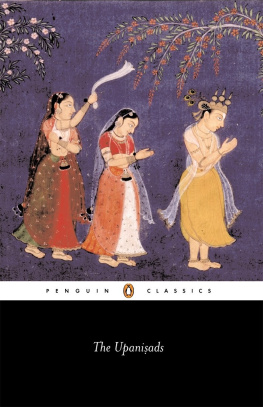
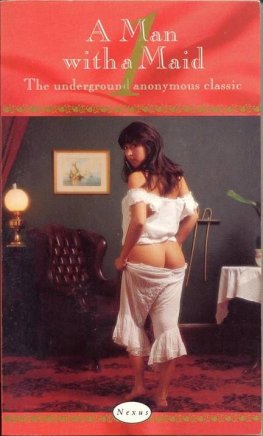
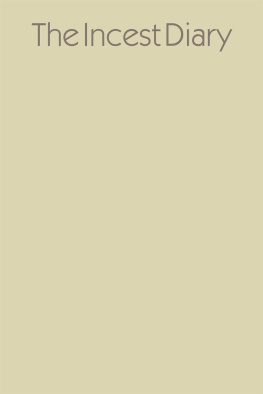
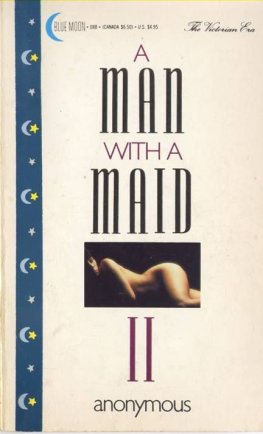

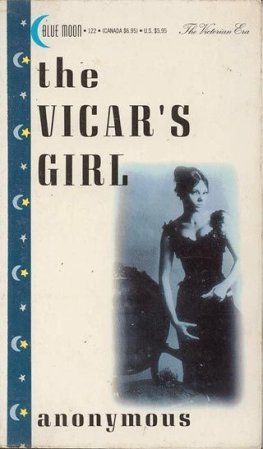
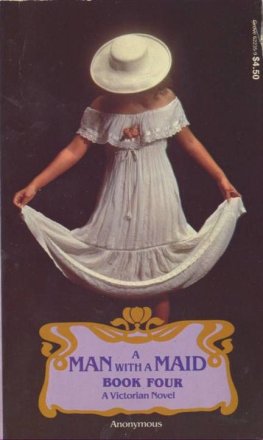


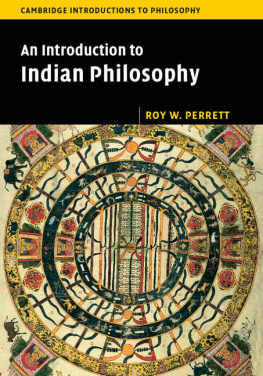
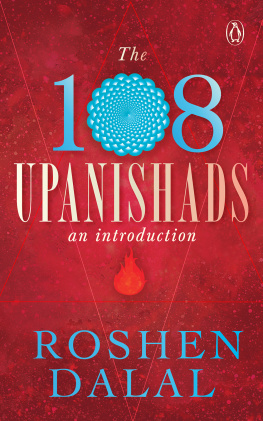
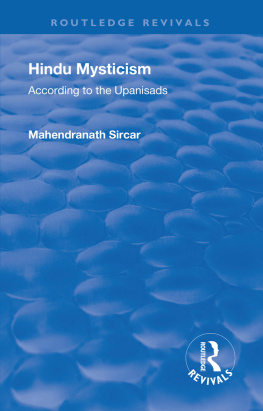
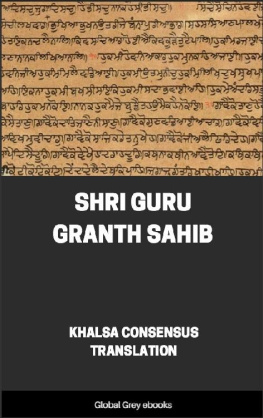
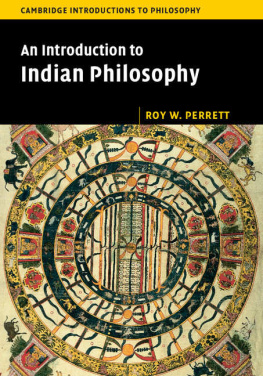
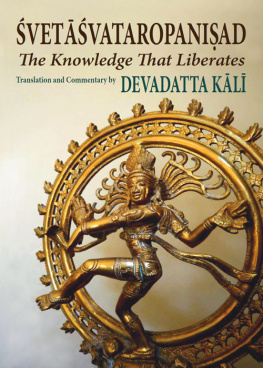

 CLASSICS
CLASSICS